Source: https://www.takeflyte.com/hashtags-explained
December 19, 2014
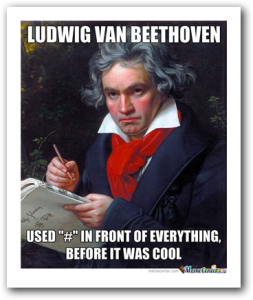
Or, everything you ever wanted to know about hashtags but were afraid to ask your teenager.
Let me guess: you’re reading this post because you just did a search on “hashtags explained” or “how to use hashtags in social media.”
You see other people and businesses tossing around hashtags like #seo, #smallbiz, or #b2bchat, and in your mind it’s as accessible as juggling chainsaws.
There’s probably no easier way to tell a digital native from a digital naïve than their ability to use the hashtag. Trying to use hashtags when you don’t understand them sounds as natural as cursing in another language.
Whether it’s during Q&A at social media events, in the comment sections of other posts, or in emails, I’ve fielded a lot of questions about how to use hashtags in social media. I figured I’d try and answer all of them in this comprehensive guide.
Now, there are already a lot of great articles on how to use hashtags. I’ll reference a number of them throughout this article. However, most of them aren’t geared to small businesses and entrepreneurs. (More on that later.) So, I wanted to put together an exhaustive guide to using hashtags in social media as it stands today.
What is a hashtag?
A hashtag is the pound sign. The sharp note in musical notation. A tic tac toe board. This: #
When it comes to social media, the hashtag is used to draw attention, to organize, and to promote.
Hashtags got their start in Twitter as a way of making it easier for people to find, follow, and contribute to a conversation. Archeologists have unearthed this early tweet, and believe it to be the first time the hashtag was used for this purpose.
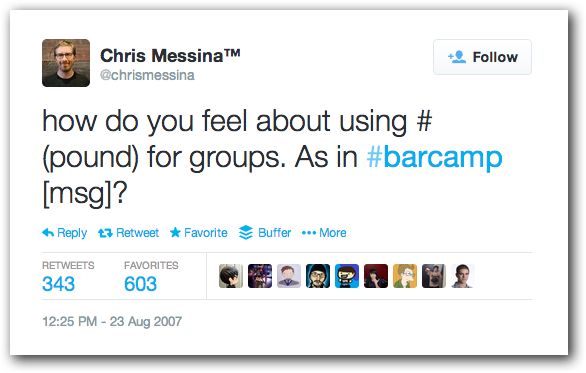
You don’t need any special software, coding experience, or even a college degree to create a hashtag. The only thing you need to do is put the pound sign directly in front of the word or phrase you want to turn into a hashtag and follow these simple rules:
- No spaces
- No punctuation
- No special characters
Another thing to keep in mind: capitalization only matters for readability. #KnowWhatIMean?
Why use hashtags?
There are a number of reasons why you want to use hashtags in social media.
Hashtags help you get found by your target audience. Many people do research by searching on specific hashtags. By using the hashtags that are of interest to your ideal customer, you can increase the chances of being found.
Hashtags improve your clickthrough rates. According to research from Buddy Media, tweets with hashtags receive twice as much engagement as those that don’t. Put another way, you can double your engagement and increase clickthrough rates by including hashtags. Interestingly, there does seem to be an upper limit. Tweets with more than two hashtags saw engagement drop by 17%. Perhaps because too many hashtags look spammy. This research is for Twitter; there doesn’t seem to be the same bias on Instagram.
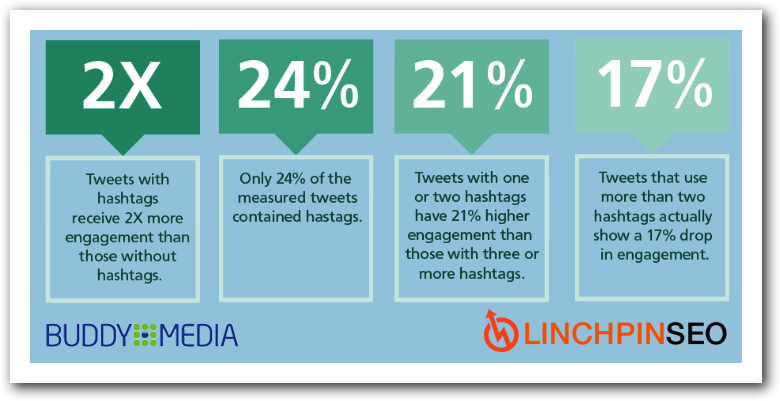
You can check out the full infographic on Twitter engagement here.
Hashtags are great for research. If you are doing research, it’s easy to find great, relevant content by search on specific hashtags. I’ve found that tweets with hashtags are generally more focused on a topic than a tweet that just mentions the phrase.
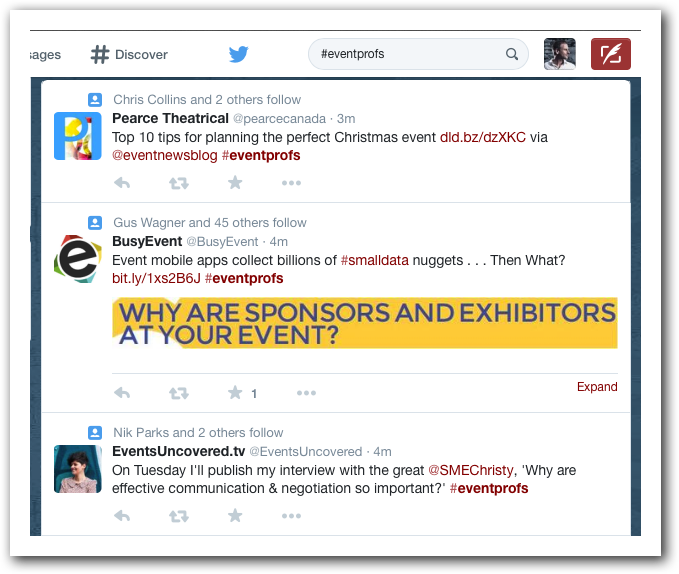
#Eventprofs is a hashtag for event professionals, in case you weren’t sure.
Hashtags become links to search queries. So, while someone might click your hashtag and take them to a search query, at the same time, that search is garnering a lot more views, and will lead more people to see your post.
Hashtags can be used for humor. The hashtag is the social media equivalent of the aside or rimshot. While this may not help you get found in social media, it can certainly show your personality and help engage (or repel) your audience.
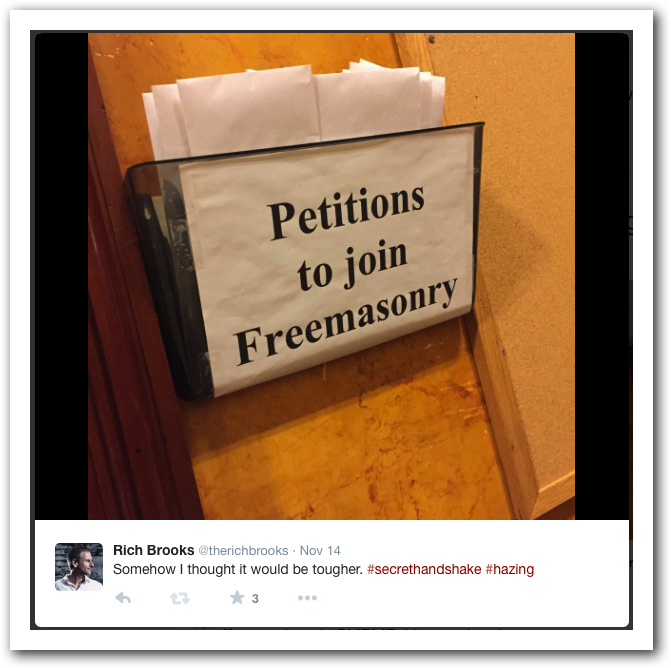
How #smallbiz can use hashtags effectively.
Many articles about how to use hashtags effectively reference a campaign from Esurance called #esurancesave30. The insurance company ran an ad after the Superbowl promoting the hashtag. As reported in Search Engine Watch, the hashtag was used 1.4 million times within an hour of airing the ad. Esurance also gained 40,000 followers within minutes and 250,000 followers in the next few days.
So, let me get this straight…Step 1: get a budget big enough to advertise right after the SuperBowl….
OK, so that’s not going to work for you. So, what can a small business do when it comes to marketing with hashtags?
- Uncover the hashtags popular in your industry. Kevan Lee, over at the buffersocial blog, suggests using the tool Twitalyzer to find out which hashtags the influencers in your industry are using as a starting point. My experience with this tool is mixed.
According to it, @therichbrooks often uses #am (a hashtag I used once a couple of days ago only because autocorrect didn’t like #SMBME,) and #puffpuffpasstuesday, which a Google search shows I’ve never used.
Or at least that I never inhaled.
Another approach is to use Twitalyzer to find the hashtags your ideal customers are engaging with or using.
- Make hashtags part of your regular posts. For Twitter, consider using a tool like Hootsuite to schedule a week’s worth of tweets beforehand, using industry-specific hashtags and links. For Instagram, make sure your photos and your follow up comments, include plenty of relevant hashtags. For more on platform-specific hashtag tactics, see the breakdown below.
- Start with some popular, established hashtags. An easy way to get started is using popular hashtags. For example, #throwbackthursday, or more popularly, #tbt, is a weekly theme where people and brands share things from their past. This is one of the few hashtags to gain any traction on Facebook.
Although not as popular any more, #ff, short for Follow Friday, is a good way of giving props to people or companies you feel are worth following.
- Jump on trending hashtags. You can also take a look at which hashtags are trending on a certain social channel and work those into your own tweets. The image to the right was a snapshot in time on the trending topics on Saturday, 11.15.2014. It appeared on the left hand column of Twitter.com. I could get more visibility by working one of the words or hashtags into my tweets.
However, while hopping on a trending hashtag may put you in front of more people, most won’t care about your message, and your tweet will be quickly swept away in the torrent of tweets using the same hashtag.
More importantly, if you don’t know what a hashtag is about, your tweet may come off as completely insensitive. More on that later.
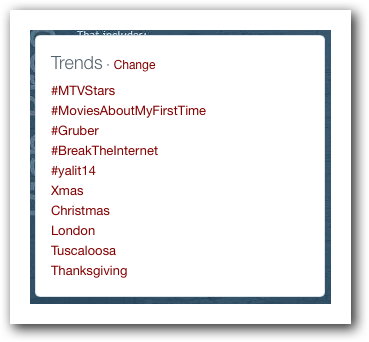
The dangers of hashtags.
Hashtags have been known to get some brands into trouble.
Look before you leap. It’s a common tactic to use trending hashtags to gain visibility in social media.
Recently, DiGiorno Pizza jumped on the hashtag #WhyIStayed, not realizing that it was being used to discuss domestic abuse.
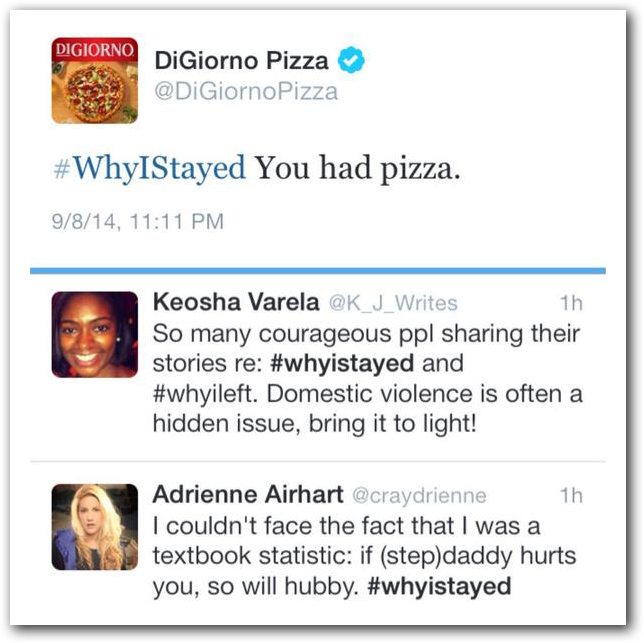
While they did a good job of apologizing profusely, there’s no denying damage was done to their brand. That’s just one of hundreds of examples of brands not looking before they leap when it comes to trending topics.
Going too broad with hashtags. While a broad hashtag may seem like casting a wide net, chances are broad terms will either not be searched on, or your tweet will be lost in the shuffle.
How to use hashtags on Twitter.
While hashtags are expanding in popularity and use throughout social media, I feel that Twitter is their natural habitat. Most of the advice above was written with Twitter in mind, but let’s dig a little deeper.
 Twitter chats.
Twitter chats.
As we saw above, hashtags can be used to focus Twitter conversations around a given topic. Popular twitter chats include #beerchat, #edchat, and #blogchat.
Some chats are more informal, others are led, like Rebekah Radice and #bufferchat.
Chats are great ways of connecting with people on subjects you care about, whether it’s cooking or marketing or hang gliding. You can search on hashtags you’re interested in learning about, or on topics where you can establish your expertise.
Events.
Every year we put on The Agents of Change Digital Marketing Conference here in Portland, Maine. One of the ways we build excitement and engage the audience during the conference is through the use of hashtags.
Each year, we update the hashtag: #aoc2012, #aoc2013, #aoc2014 (and so on.) In all of our promotional tweets and other social shares, we include the hashtag. After people purchase tickets, we send them to a page where they can click a button to tweet out they’re attending, and that tweet goes out with the appropriate hashtag.
During the conference, we actively promote the use of the hashtag. In the “pre-roll,” the slides we show before the first speaker and during all the breaks, we actively promote the hashtag. We also had two of our employees “live tweeting” the event on our flyte new media and Agents of Change twitter accounts…each tweet including the most recent hashtag.
We also followed the hashtag that day, and retweeted what other attendees were saying and sharing about the event.
After the event, we were able to capture some of the best moments by searching the conference hashtag.
How to use hashtags on Instagram.
Hashtags are the secret sauce of Instagram marketing. Because there’s no easy method to share someone else’s post, (known as “regramming,” similar to “retweeting” on Twitter,) hashtags become the number one way of reaching a new audience on Instagram.
Sue B. Zimmerman, a.k.a. #InstagramGal, shared this with me:

“In order to attract your ideal follower on Instagram you have to have a hashtag strategy. Start with broad hashtags that represent your service or products then niche down to what keywords your clients would use to find you. For example I teach Instagram to business owners so these are my popular hashtags:
- #Online Marketing
- #Social Media
- #Entrepreneur
- #BusinessOwner
“More narrow target would be:
- #InstagramMarketing
- #InstagramforBusiness
- #LearnInstagram
“Then specific to me:
- #InstagramGal
- #suebtips (see image below)
- #suebmademedoit
“Hashtags become Hubs of content and you want to be a part of the Hub, i.e. the conversation.”
People tend to post a lot of hashtags on Instagram. How many is too many?

She goes on to say, “when you are a newbie you should post your hashtags soon after you post. When you get more engagement and followers (over 500) you can post your hashtags hours later. I typically post in the morning before 8 am then go in at noon to add 6 hashtags. Days later I will delete the hashtags (follow my YouTube channel to see how) to refresh my post.”
What are ways to get new followers?
How to use hashtags on Pinterest.
When it comes to using hashtags on Pinterest, the experts recommend brand over bland. In other words, make sure your hashtags are branded for your company, not broad terms like “#marketing.”
“If you use hashtags, use one that is unique to your business. For example, if I use one I’ll use #OhSoPinteresting,” says Cynthia Sanchez of Oh So Pinteresting. When the hashtag is clicked by a user, Pinterest “will search for pins with that word used in the pin description or in the URL that the pin links to. When someone clicks on my hashtag most of the results that appear are pins that link back to my blog.”
Vincent Ng of MCNG Marketing shares that, “when a generic hashtag is clicked on Pinterest, you’re more likely to see some pins with the hashtag in it and some with the similar keywords like social media, or social media marketing. The results shown from # are based on factors like repins and linking activity, not timing of when the hashtag was used.”
“If you are going to use a hashtag, ensure that it’s truly unique. This way when people do click on it, it will be much more likely to show your pins that contain the unique hashtag.”
It’s also important to remember that hashtags are only clickable on the web version of Pinterest; the mobile versions are unclickable.
How to use hashtags on Google Plus.
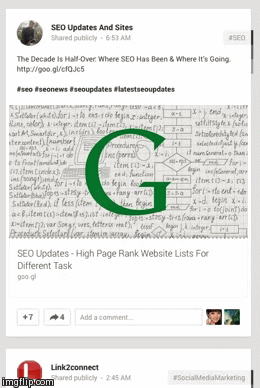
“Hashtags on Google+ enable your content to surface beyond the reach of people who have you in circles,” suggests Google+ marketing expert, Martin Shervington.
“You can add as many hashtags as you like, but if you go too ‘unrelated’ you could look a bit spammy, so I tend to add three.
“You can ‘set a frame’ of a post using the image and the title, but also by using hashtags too – vaguely amusing ones can be used to tell people you are in the mood to play!”
And you don’t always have to come up with the hashtags yourself. “The super cool thing is how Google will naturally add hashtags (up to 3) when you don’t add them yourself.” Don’t like Google’s suggestions? Just click the ‘x’ to remove them.
If you’re looking to do some research around a topic on Google Plus, hashtags can come in handy then, too, says Martin. “Click on the hashtags in the corner of any post and [Google+] will ‘flip the card’ and you will see related content, i.e. posts.” (See the animated gif to the right.)
Consistency can help, too. “Once you’ve been active for a while on Google+, we are finding that when you post consistently Google is associating hashtags to people too.”
How to use hashtags on Facebook.
Don’t.
Don’t believe me? Just look at what the Interwebs have to say about hashtags on Facebook.
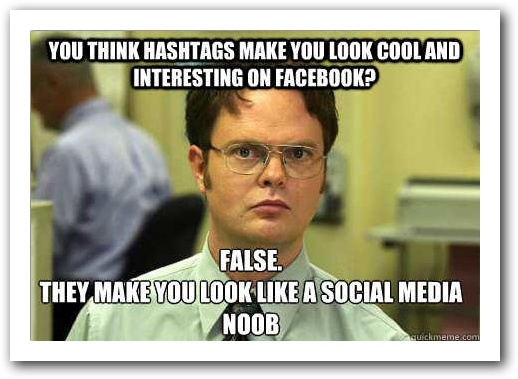
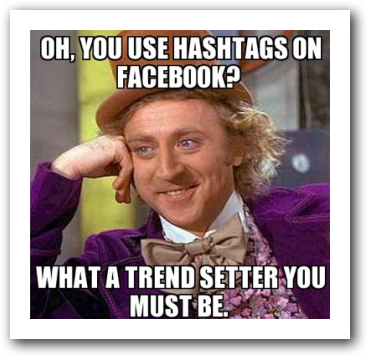
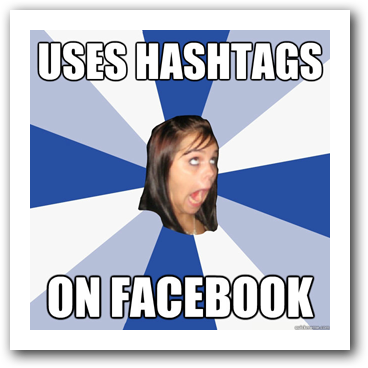
And this crosses all language barriers.
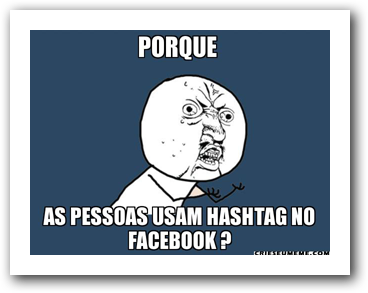
Why, do you ask? (Or, perhaps “porque?”)
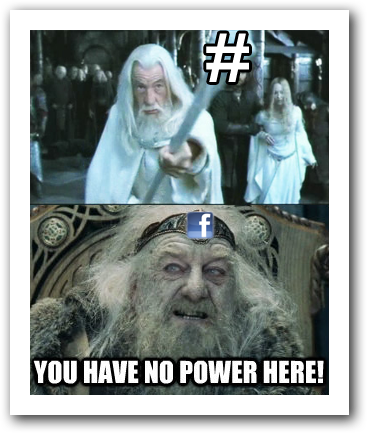
So, in conclusion…
Jimmy Fallon shows you how to use hashtags.
No complete guide to hashtags would be complete without Jimmy Fallon’s video on hashtags.
Next steps
Hopefully now you feel comfortable with hashtags. If you’d like to dig a little deeper, I might recommend:
- 5 Hashtag Tracking Tools for Twitter, Facebook and Beyond (Social Media Examiner)
- 5 Brilliant Ways to Use #Hashtags in Social Media (Search Engine Watch)
- A Scientific Guide to Hashtags: How Many, Which Ones, and How to Use Them (buffersocial)
The hashtag experts I spoke to also had some resources to share:
- Martin Shervington suggested Hashing Out Google Plus Hashtags: Uncover Their Hidden Powers!
- Sue B. Zimmerman suggested How to Add Instagram to Your Hootsuite Dashboard (which includes hashtag searches)
But what you really need to do, is #justdoit! Don’t wait to read a dozen more articles or research too deeply. You can continue to do that as you learn by doing.
Instead, start adding what you feel are appropriate hashtags to your tweets and other social shares, and take a look at the hashtags the influencers in your industry are already using.
If you’ve got any additional tips, advice, or stories about hashtags, please share them in the comments below.



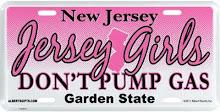

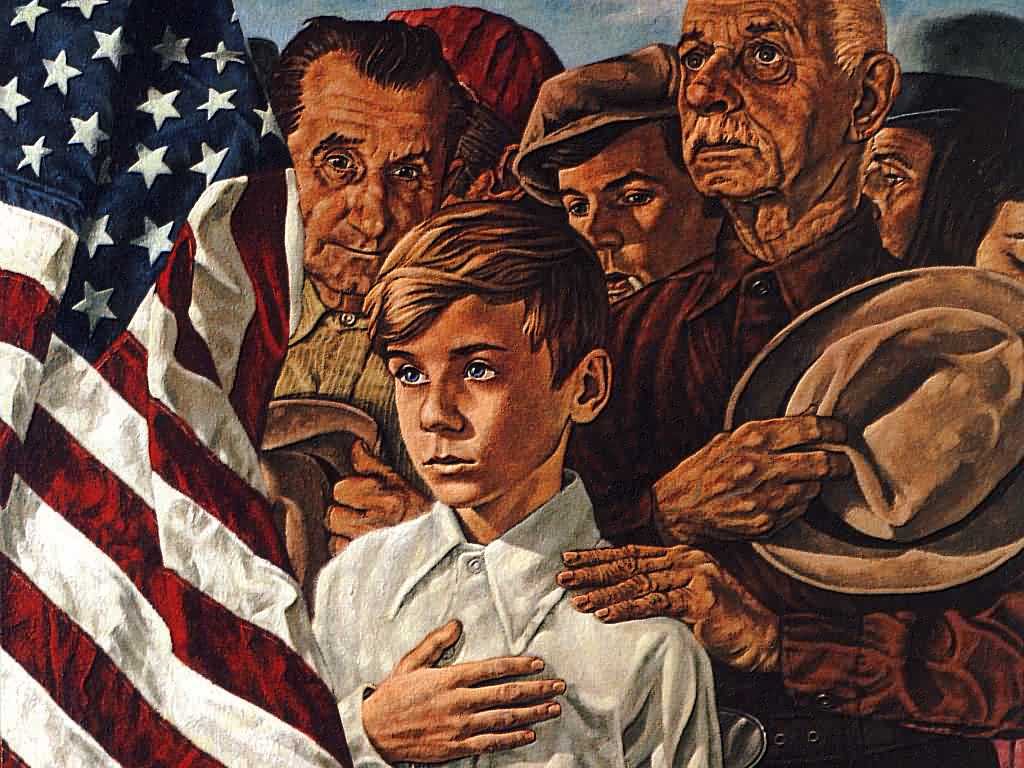

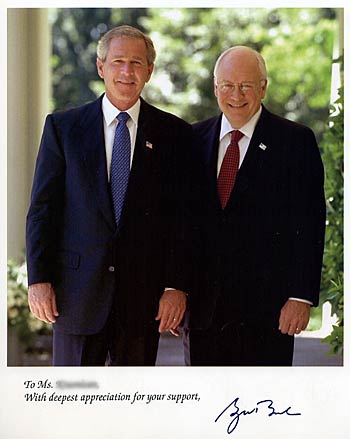






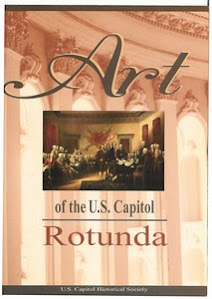



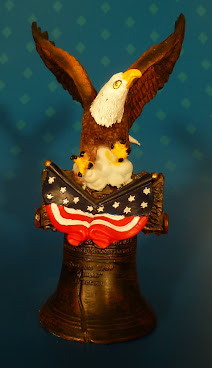






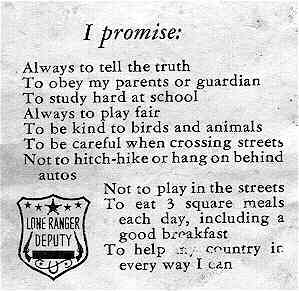
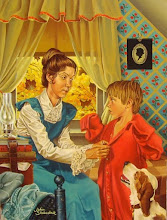







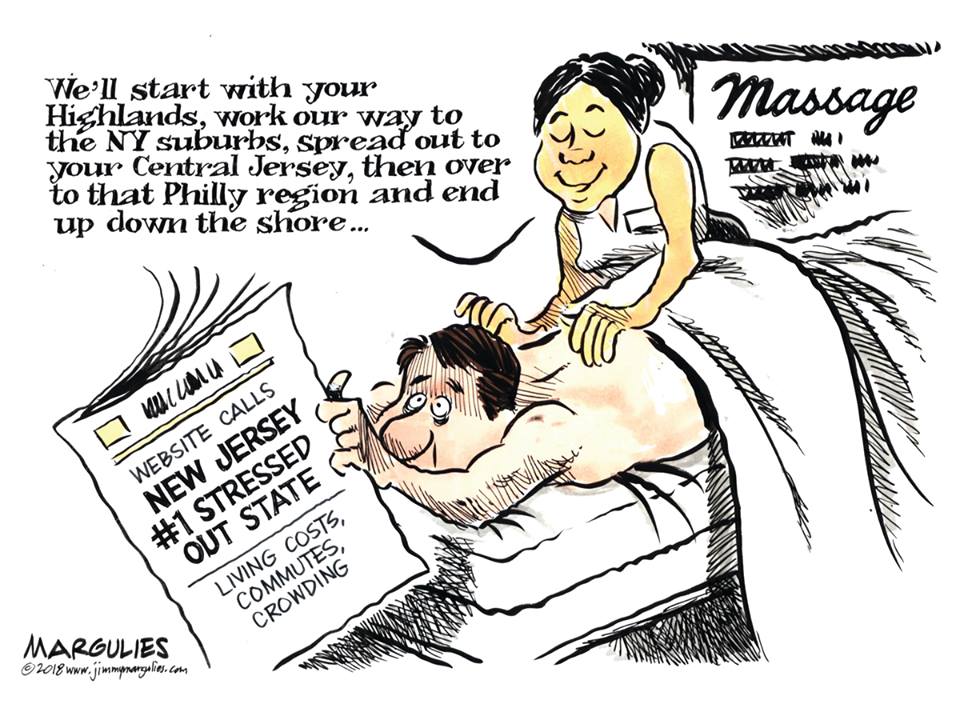
No comments:
Post a Comment